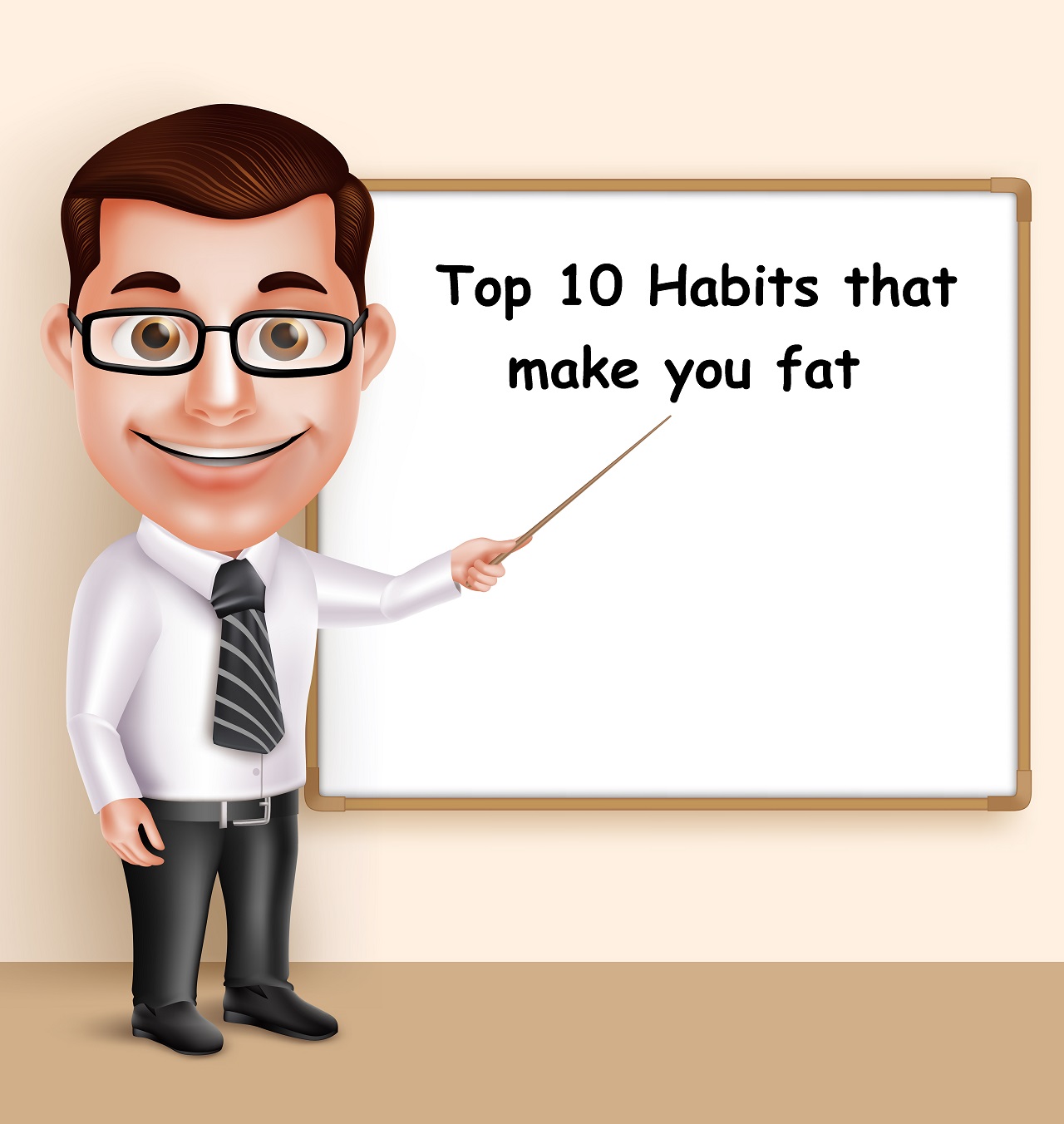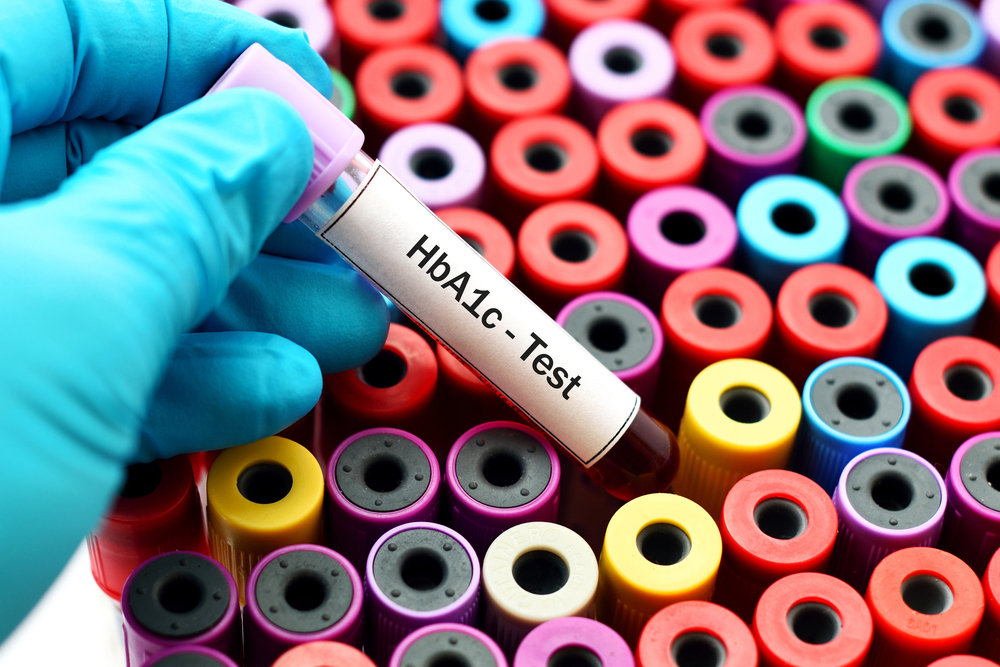Hypoglycemia Symptoms: What to Do When Blood Sugar Gets Low

Hypoglycemia is a medical condition where the blood sugar level drops too low. This can happen in people with diabetes who take medications that lower blood sugar, but it can also occur in people who are not diabetic. This article will discuss hypoglycemia’s meaning, symptoms, and treatment in detail. Hypoglycemia Definition
In non-diabetics, there are two main categories:
- Reactive hypoglycemia, also called postprandial hypoglycemia, is low blood sugar that develops a few hours after eating a meal.
- Fasting hypoglycemia, which can occur unrelated to food intake and may be linked to an underlying illness.
As per the American Diabetes Association, the hypoglycemia range for people with diabetes is below 70 mg/dL. In contrast, hypoglycemia levels among non-diabetics are considered low when the blood sugar level is below 55 mg/dL.
Hypoglycemia Causes
There are several potential causes of low blood sugar, including:
- Medications: Medications can cause low blood sugar (hypoglycemia) in people with diabetes. Insulin or other medicines that lower glucose levels may lead to hypoglycemia if dosed too high.
- Skipping meals: Irregular eating patterns, such as skipping meals, can lead to drops in blood sugar.
- Excessive alcohol consumption: Drinking alcohol, especially on an empty stomach or in excess, can result in hypoglycemia or low blood sugar levels.
- Strenuous exercise: Intense physical activity without adequate fueling can also lead to low blood sugar levels.
- Medical conditions: Some medical conditions, such as adrenal or pituitary gland disorders, can contribute to hypoglycemia or blood sugar levels.
In the case of non-diabetes, the exact reactive hypoglycemia causes aren’t known yet. However, it mostly depends on what and when a person eats. Possible causes of non-diabetic hypoglycemia include:
- Drinking alcohol.
- Having certain surgeries, like gastric bypass or other weight-loss surgeries.
- Inherited metabolic disorders are health issues passed down in families.
- Certain types of tumours.
Signs and Symptoms of Hypoglycemia
Recognising the signs of hypoglycemia is essential for timely intervention.
Common diabetic hypoglycemia symptoms include:
- Sweating
- Racing heartbeat
- Flushed face
- Anxiety
- Hunger pangs
- Headaches
- Dizziness
- Light-headedness
- Confusion
- Difficulty speaking
In cases of extreme hypoglycemia, symptoms may escalate to:
- Unresponsiveness (loss of consciousness)
- Seizures
Reactive hypoglycemia symptoms, on the other hand, typically show within 4 hours after a meal and can include:
- Anxiety
- Blurry vision
- Irritability
- Headache
- Light-headedness
- Shaking
- Trouble sleeping
- Feeling faint
- Extreme tiredness
- Weakness
How to manage hypoglycemia?
According to the American Diabetes Association, the best way of treating hypoglycemia is to follow the “15-15 rule.” This means to have 15 grams of fast-acting carbs, then test blood sugar again after 15 minutes. Food options for fast carbs include glucose tablets, fruit juice, regular soda, honey, or hard candy.
If blood sugar level remains below 70 mg/dL after 15 minutes, have another 15 grams of fast carbs. Keep repeating – eat 15 grams of carbs and test after 15 minutes. Continue until blood sugar rises to at least 70 mg/dL. Then, eat a full meal to keep levels stable.
Following the 15-15 rule can help bring blood sugar back to normal step-by-step. Having too many carbs at once can make sugar spike too high. Tracking low blood sugar episodes and discussing them with a doctor can help prevent future hypoglycemia. The 15-15 rule is an easy-to-follow stepwise approach for managing hypoglycemia safely.
Recognising and promptly treating the symptoms of low blood sugar is critical for those with hypoglycemia. Checking glucose levels at the first indication of symptoms and having fast-acting carbohydrates available can swiftly correct this dangerous condition.
Consult a healthcare provider to determine triggers and communicate with loved ones to establish an emergency hypoglycemia action plan. Consistent blood sugar monitoring and tailored treatment regimens are key to avoiding complications and maintaining normal glucose range.
FAQs
- What is the relationship between hypoglycemia and diabetes?
Too little sugar in the bloodstream is usually a side effect of medications that help lower blood sugar levels, leading to hypoglycemia.
- What does a hypoglycemia diet include?
Good foods for hypoglycemia (to increase blood sugar levels) are hard candies, glucose tablets, and gummies. However, in severe cases, one might need a glucagon injection.
- What does a hypoglycemic attack feel like?
In cases of mild hypoglycemia, one may feel hungry or nauseous. They might also feel nervous, jittery, or sweaty.
- What is the glucose level in hypoglycemia?
In hypoglycemia, glucose levels are below 70 mg/dL.
- What is neonatal hypoglycemia?
Neonatal hypoglycemia is low blood sugar levels in newborns, typically within the first few days of birth.














